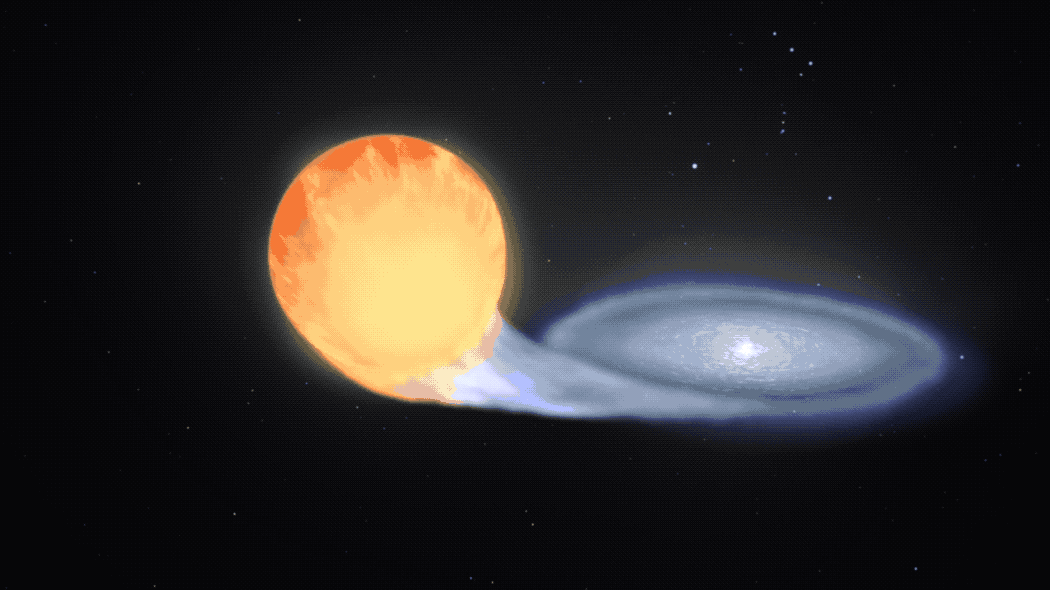For example, in a binary star system it might be possible to make a jump where the two gravity fields of the stars are equal and opposite leaving the point at zero gravity.
The problem with that plan is that
you're still inside the jump shadow.
Jump shadows are known to precipitate starships out of jump.
Hit a jump shadow and you drop out of jump.
In other words, what you're describing wouldn't even work as a micro-jump within a single parsec hex on the map.
Instead, you would experience a "nano-jump" ... in which it takes a week to move a distance away from the point of origin that could have been accelerated through on maneuver drive in a few scant hours (because you hit a jump shadow "so soon" in distance terms from where you started).
The circumstances you're describing is a bit analogous to being in the eye of a hurricane ... and still needing to move north/south/east/west to get anywhere useful. Rather than doing a ballistic sub-orbital maneuver (up out of the hurricane) you're instead going to be speeding up to hypersonic velocity
and slamming into the storm horizontally in a maneuver that will ... tend to be Bad For You™, shall we say.

The key insight that you need to have is that 100D jump shadows ought to be thought of as "jump blockers" (in effect) and that your navigator (and computer!) are going to need to plot a course that has NO JUMP SHADOWS between your point of origin and your point of destination ... because if there is one, guess what ... you break out of jump somewhere OTHER THAN where you really wanted to.
So even if the gravity fields at the equilibrium point between 2 stars are "flat enough to jump" ... you aren't going to "get too far" before that condition is no longer the case and you may have the 100D jump shadow of either (or both) star(s) "blocking your path" along your jump trajectory ... and if that happens, you don't "get very far" for a week of jump time and a whole lot of fuel burn (relative to trying to jump from somewhere else, successfully, in the star system).
In CT, I don’t recall reasons being given for the 100d limit.
It was a convenience, really.
Fun part was that because there weren't enough "tools" at the time of CT to properly model planets and orbits (computers were primitive back then, unlike now), a lot of Referees just kind of "ignored" the 100D limit details and just elided past stuff, saying things like, "After a few hours of maneuvering you reach the jump point and jump" without worrying about calculating exact times, distances, where all the jump shadows in a star system could be ... etc. etc. etc. (you know the drill).

Another fun thing about the CT era is that white dwarfs, neutron stars and black holes weren't as well studied or understood back then as they are now. Stuff like contact binaries with any kind of white dwarf is now understood to result in the fusion powered star losing mass "on the regular" to the white dwarf ... until the white dwarf reaches a critical mass limit and ... you get a
Type Ia supernova (which tends to "smash stuff" in that star system and is used as a "standard candle" is astronomy).
Sorry,
Regina/Regina/Spinward Marches

... according to LBB6, p55 ... Lusor (F7 V) is a contact binary with a DM white dwarf with a mass of ~1.11 solar masses. Once Speck siphons ~0.33 solar masses away from Lusor ... there's going to be an extremely
BRIGHT LIGHT all of a sudden (see:
Type Ia supernova) ... so Regina as a "habitable moon" of the gas giant Assiniboia is a decidedly TEMPORARY condition (no Darrian
Maghiz Star Trigger tech necessary).


